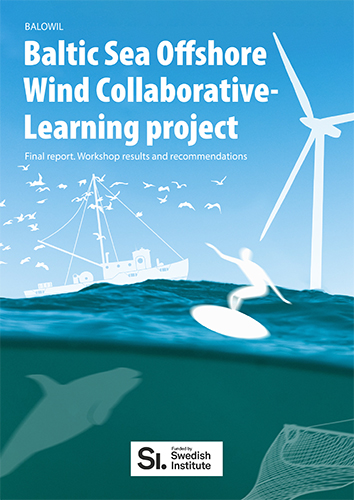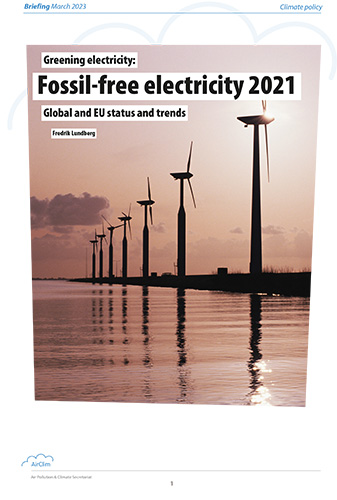
Twelve countries exceed NEC directive limits
Twelve EU member states exceeded one or more of the emission limits set by the national emission ceilings directive and may now face EU infringement action.
A new assessment of compliance with the National Emission Ceilings (NEC) directive, published by the European Environment Agency (EEA) shows that twelve EU member states exceeded one or more of their emission ceilings for 2010. In some instances the limits were exceeded significantly (see table 1).
Table 1: EU countries’ emissions in 2010 compared to the national emission ceilings of the NEC directive.

Note: Based on preliminary emission data for 2010
The NEC directive covers four main air pollutants: sulphur dioxide (SO2), nitrogen oxides (NOx), non-methane volatile organic compounds (NMVOCs) and ammonia (NH3). These pollutants can damage human health, cause acidification and eutrophication of terrestrial and aquatic ecosystems, damage vegetation and harm biodiversity. The emission ceilings set in the NEC directive were designed to reduce such adverse impacts by an agreed amount.
Most exceedances were registered for NOx and the analysis shows eleven countries not complying with their respective NOx ceilings, namely Austria, Belgium, Denmark, France, Germany, Ireland, Luxembourg, Malta, Netherlands, Spain and Sweden.
Road transport contributes approximately 40 per cent of the NOx emissions in the EU and is one of the main causes behind the large number of NOx exceedances. Emission reductions from this sector have not been as large as originally anticipated, partly because traffic has grown more than expected and partly due to inadequate emission control measures. Moreover, EU’s emission standards for diesel vehicles have not delivered the anticipated level of NOx reductions.
Spain was the only member state to have exceeded three of its four emission ceilings, followed by Germany with two exceedances. Finland exceeded its ammonia ceiling.
Three EEA member countries that are not members of the EU (Liechtenstein, Norway and Switzerland) have similar emission ceilings for 2010 set under the Gothenburg Protocol of the Convention on Long-range Transboundary Air Pollution (LRTAP). Liechtenstein reports it has missed its NOx and NH3 emissions ceilings, Norway its NOx emission ceiling, while Switzerland has achieved its four ceilings (Table 2).
Table 2: Three non-EU countries’ emissions in 2010 compared to the national emission ceilings of the Gothenburg Protocol.

Note: Liechtenstein has signed but not ratified the Gothenburg Protocol.
It is expected that the current review of EU air pollution policy (see AN 2/11, pp. 4-5) will among other things lead to a revised NEC directive setting stricter emission ceilings for 2025 or 2030 in order to further improve protection of health and the environment. For the first time, ceilings for emissions of particulate matter (PM2.5) could be introduced. Until such new legislation is in place, however, the current NEC directive remains in force and requires countries to keep their emissions below the current national ceilings in years to come.
Christer Ågren
Information: European Environment Agency, Feb 22, 2012

Figure 1: Aggregated emissions for 2010 as reported by member states, compared with the ceilings defined in Annex I of the directive, measured in kilotonnes.

 Download this issue
Download this issue




















